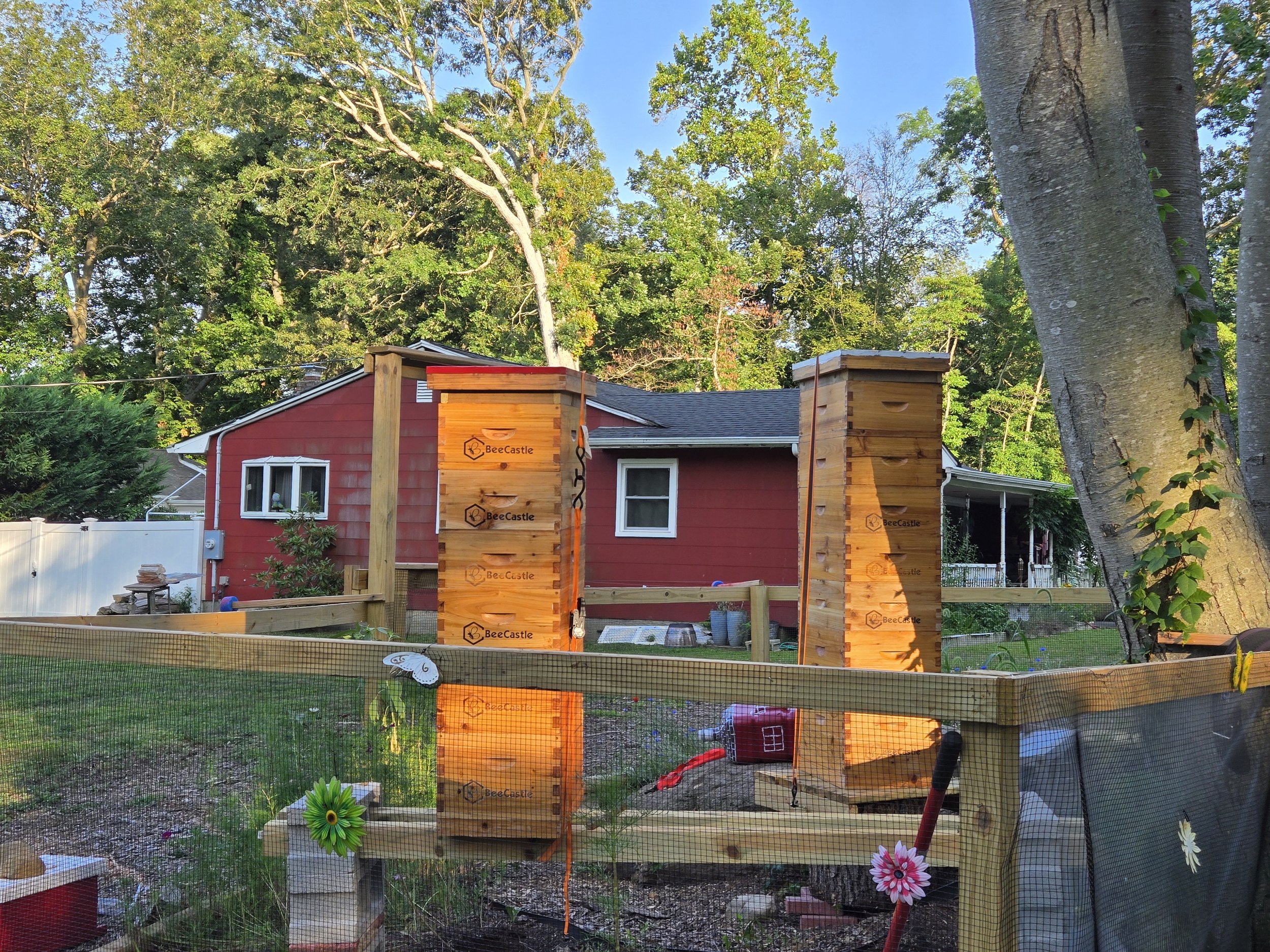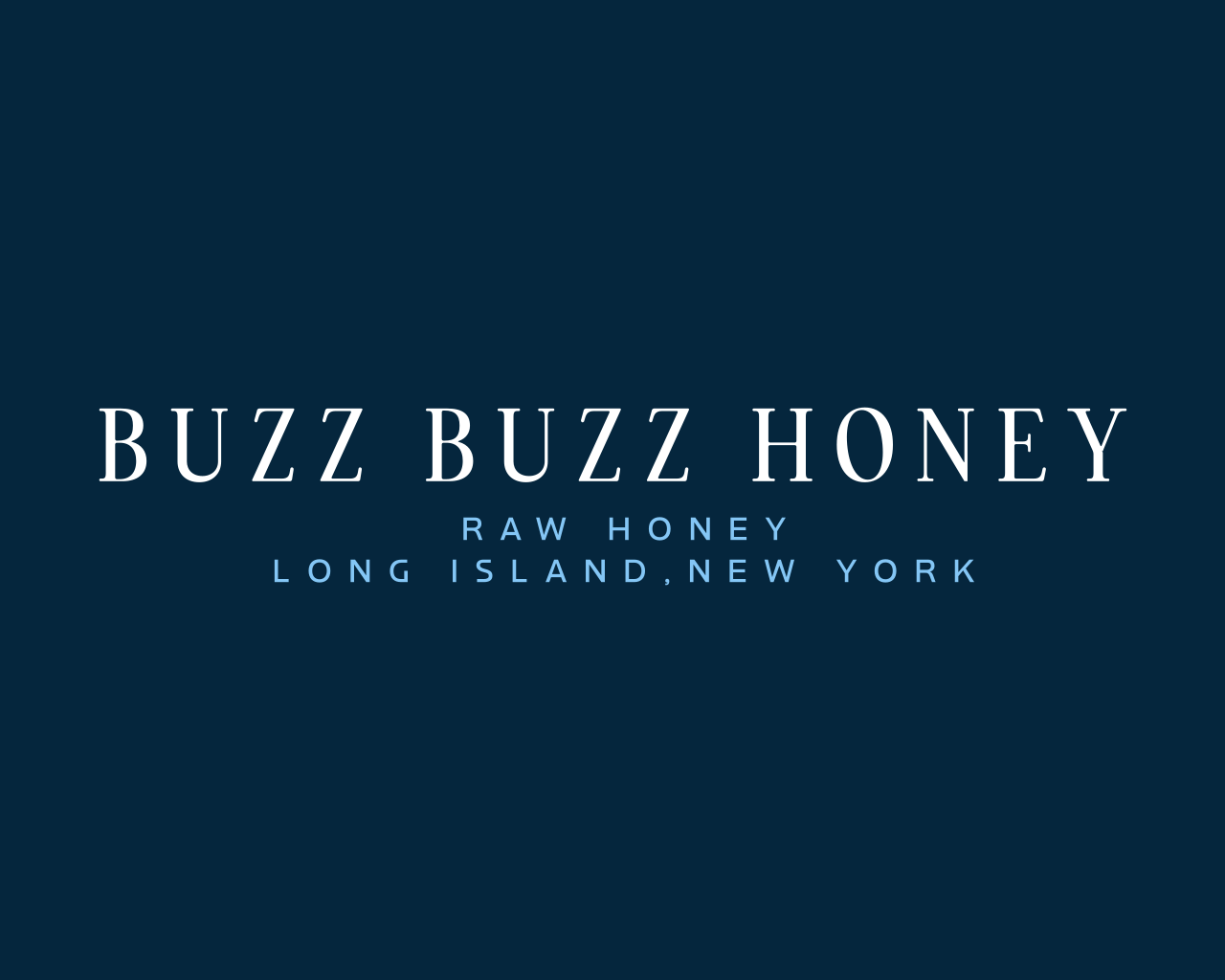
FROM HIVE TO JAR! NO ADDITIVES! NO ADDITION!
WE ARE BUZZ BUZZ

LETS LEARN ABOUT BEES
-
9/23/25
Is Engineered “Superfood” Supplement Could Transform Bee Health and Protect Global Food Supply a good 💡 idea??
Engineered “Superfood” Supplement Could Transform Bee Health and Protect Global Food Supply
In September 2025, scientists announced a breakthrough discovery that may revolutionize pollinator health and food security: an engineered yeast-based supplement that significantly improves honeybee colony growth. ( on the videos page, Read “ The Royal Secrets of the Hive” yeast-based food is not present.)This “game-changing” innovation addresses one of the greatest challenges bees face today—nutritional stress caused by habitat loss, climate change, and monoculture farming【web†source】.
Bees rely on pollen for essential nutrients, particularly sterols, a type of fat-like compound vital for growth and development. In diverse natural environments, bees obtain sterols from a variety of flowers. However, with declining floral diversity, many colonies suffer deficiencies. To address this, researchers engineered the yeast Yarrowia lipolytica to produce six key sterols normally found in pollen【web†source】.
The results have been striking. Colonies fed the sterol-enriched yeast reared up to fifteen times more larvae than those given conventional artificial diets. Moreover, brood production persisted longer, indicating not just short-term stimulation but sustained colony health. Importantly, the sterol profiles in larvae from supplemented colonies closely resembled those of naturally foraging bees, suggesting the supplement successfully replicates pollen’s nutritional value【web†source】.
This breakthrough holds profound implications. Healthy bee colonies are critical to agriculture, as honeybees pollinate a large percentage of global food crops. By supporting bees during times of poor forage, the supplement could stabilize crop yields and reduce risks to food supply. Additionally, providing supplemental nutrition to managed honeybees may ease competitive pressure on wild pollinators, which often face food scarcity in shared ecosystems【web†source】.
While promising, limitations remain. Trials have so far been conducted in controlled environments, and researchers caution that real-world field conditions—including exposure to pesticides, diseases, and climate extremes—could influence outcomes. Long-term impacts across multiple generations are still unknown. Furthermore, cost and accessibility will determine whether the innovation can be widely adopted by beekeepers. Although researchers are optimistic, more study is needed before large-scale deployment【web†source】.
In sum, the engineered sterol supplement represents a potentially transformative tool in pollinator conservation and global agriculture. By mimicking the nutrients bees naturally require, this innovation not only supports colony health but also strengthens food security for humans. If future trials confirm its effectiveness under field conditions, it may soon become an essential part of sustainable beekeeping and ecosystem management【web†source】. Keep in mind….
Natural honey does not use yeast in its production. Bees make honey through their own biological process, not fermentation. Here’s how it works:
---
🐝 How Natural Honey Is Made
1. Nectar collection – Worker bees gather nectar from flowers and store it in their honey stomach.
2. Enzymatic changes – In the bee’s stomach, enzymes (like invertase) break down complex sugars (sucrose) into simpler sugars (glucose + fructose).
3. Deposit in the hive – Bees regurgitate the nectar into wax cells (honeycomb).
4. Evaporation – Bees fan their wings to reduce water content from ~70–80% down to ~18%. This prevents fermentation and preserves the honey.
5. Capping – Once thick enough, bees seal honey with wax, keeping it stable for years.
---
🍯 Role of Yeast in Honey
Wild yeast can exist naturally in very small amounts on flowers or in hives, but it is not part of honey-making.
If honey’s moisture content rises above ~18–20%, wild yeast can multiply and cause fermentation, turning honey sour or alcoholic (mead).
Beekeepers often use a refractometer/hydrometer to check water content during extraction to ensure honey won’t ferment.
References
Natural Resources Institute. (2025, September). Bee superfood breakthrough could boost colony health and protect pollinators. University of Greenwich. https://www.nri.org/latest/news/2025/bee-superfood-breakthrough-could-boost-colony-health-and-protect-pollinators
The Cool Down. (2025, September). Scientists create supplement to help honeybees thrive when pollen sources are scarce. https://www.thecooldown.com/outdoors/honeybee-supplement-pollen-food
The Ethicalist. (2025, September). Bee “superfood” breakthrough may save pollinators. https://theethicalist.com/bee-superfood-breakthrough-save-pollinators
UK Research and Innovation. (2025, September). Engineered “superfood” boosts bee colony growth. https://www.ukri.org/news/engineered-superfood-boosts-bee-colony-growth
-
10/17/25
Beyond Honey: The Healing Power of the Hive
🍯 Beyond Honey: The Healing Power of the Hive
---
🟤 Propolis (Bee Glue)
What it is: A resin-like substance bees make from tree sap mixed with wax and enzymes. Used to seal and sterilize the hive.
Benefits for humans:
Natural antimicrobial & antifungal (protects against bacteria, viruses, yeast).
Boosts immune system.
Supports wound healing (ancient medicine used it as a salve).
May reduce inflammation and soothe sore throats.
---
🟡 Beeswax
What it is: Wax secreted by worker bees to build honeycomb. Tiny amounts can be found in raw honey.
Benefits for humans:
Coats the throat → soothing for coughs.
Contains long-chain fatty acids & alcohols → supports heart and liver health.
Used externally in balms and creams to lock in skin moisture and protect against irritants.
---
🌸 Bee Pollen
What it is: Collected from flowers, packed with nectar and enzymes, stored in honeycomb as “bee bread.”
Benefits for humans:
Contains proteins, vitamins, amino acids, and antioxidants.
May help with seasonal allergies (local pollen micro-dosing).
Boosts energy and metabolism.
Supports gut health and anti-inflammatory response.
---
🧬 Raw Honey Itself
What it is: Nectar transformed by bees’ enzymes into natural honey.
Benefits for humans:
Natural prebiotic → supports healthy gut bacteria.
High in antioxidants → protects cells from damage.
Provides quick, natural energy without the crash of processed sugar.
Antibacterial → used in wound care (especially Manuka honey in hospitals).
Soothes coughs & sore throats.
---
🐝 Enzymes & Living Compounds (Only in Raw Honey!)
Glucose oxidase → makes mild hydrogen peroxide, giving honey its antibacterial power.
Amylase & invertase → help break down sugars for easier digestion.
Heat-sensitive compounds → often destroyed in pasteurized/commercial honey, but preserved in raw honey.
---
🌍 Buzz Buzz Honey Message
When you choose raw, lightly strained honey, you’re not just getting sweetness — you’re getting the whole medicine chest of the hive:
🍯 Honey for energy & healing.
🌸 Pollen for nutrition.
🟤 Propolis for immunity.
🟡 Beeswax for protection.
✨ Nature’s pharmacy, straight from the bees. ✨
-
-
8/27/25
Extraction Day
Extracting Honey from Hive to Jar (Pure & Natural)
1. Preparing the Hive
Choose frames from the hive that are capped with wax.
Bees seal honeycombs with a thin wax layer once moisture is reduced to a stable level.
Ensure the honey is ripe (fully capped frames usually mean <18.6% water content).
2. Uncapping
Use an uncapping knife or fork to gently scrape away the thin wax caps from the cells.
Collect the wax separately (can be reused for candles, balms, etc.).
3. Extraction
Place the uncapped frames into a honey extractor (a centrifuge).
Spin slowly at first, then increase speed.
The centrifugal force pulls honey out of the comb cells without damaging them.
Honey flows down the walls of the extractor and collects at the bottom.
4. Filtering (Minimal, Non-Processing)
Place a coarse sieve or food-grade strainer under the extractor’s honey gate.
This removes bits of wax and debris but does not heat, pasteurize, or alter the honey.
Result: raw, unprocessed honey exactly as the bees made it.
5. Settling
Allow honey to sit in a clean, sealed bucket for 24–48 hours.
Air bubbles and fine particles rise to the top, making bottling cleaner.
6. Bottling
Use a honey gate valve at the bottom of the bucket.
Fill jars directly—no additives, no blending, no heating.
Seal immediately to keep moisture out.
---
🧪 Using a Honey Hydrometer
A honey hydrometer is a simple glass instrument that floats in honey (usually diluted for measurement) to measure specific gravity, which correlates to water content.
Purpose
To ensure honey has low enough moisture to avoid fermentation and preserve quality.
International standards: usually ≤18.6% water content for “ripe” honey.
How to Use
1. Sample Preparation
Some hydrometers are made for honey directly; others require dilution.
For pure honey hydrometers, gently pour honey into a tall test jar.
2. Temperature Control
Honey viscosity changes with temperature.
Standard calibration is often 20°C (68°F).
Use a thermometer and correct results if needed.
3. Insert Hydrometer
Slowly lower the hydrometer into the honey sample (or diluted sample, depending on type).
Let it float freely without touching the sides.
4. Reading the Scale
At eye level, read the scale where the honey surface touches the stem.
Most honey hydrometers show % water content directly (e.g., 16%, 17.5%).
If using a specific gravity hydrometer, convert SG to water % using a standard honey moisture conversion chart.
Interpretation
<16% water: Very thick, often prized but may granulate faster.
16–18.6% water: Ideal range, stable for long-term storage.
>19% water: Risk of fermentation; should not be sold as premium honey.
-

